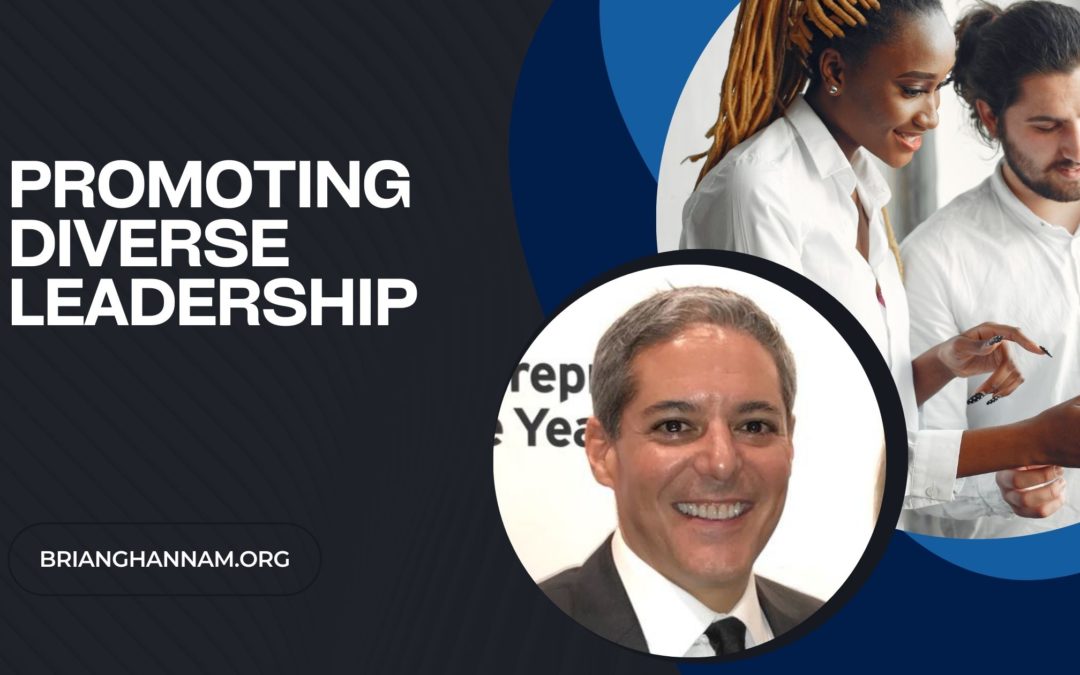Companies must have diverse leadership roles as they focus on diversity in the workplace.
The culture of a company is heavily influenced by the people who are at the top. Suppose a company is genuinely committed to making its workplace more inclusive. In that case, it should include all aspects of the organization, such as hiring diverse candidates and developing leadership roles for future employees.
The Importance of Diverse Leadership
Diverse leadership can help an organization develop a more substantial commitment to its communities. It can also help it understand its customers and geographical locations.
By bringing together different life experiences and worldviews, organizations can promote the growth and development of their workforce.
By empowering and inspiring diverse talent at the lower levels of the organization, you can push for success. You can also increase the likelihood of having more empathy among leaders, which can help address harassment and discrimination issues. Moreover, having a solid brand can help boost business acquisition and recruiting.
What Diverse Leadership Is
Although people tend to think of diversity when they think of gender, race, and ethnicity, it is not limited to these. Other types of diversity should also be considered, such as educational experience, age, disability, and sexual orientation.
Different factors can also affect the definition of diversity. For instance, your industry, the type of business you operate, your market presence, and your talent pool can all affect the kind of diversity you can achieve.
Key Competencies of Diverse Leadership
There are necessary skills and attributes to promote diverse leadership effectively. The following are four competencies that employers look for in candidates:
Dereference Practice
One of the most critical skills an individual need is empathy. This is especially important if they come from a more privileged background. This type of empathy can help an inclusive leader identify and address issues affecting their employees.
Spotlighting Perspectives of Others
An inclusive leader can identify the significance of different perspectives within the workplace. This can be done by finding ways to ensure other individuals’ voices are heard.
Taking Action
As the diversity practices of your organization change, inclusive leaders must also embrace these changes. They should take the necessary steps to accommodate the evolving ideas of supporting inclusion, equity, and diversity within the company.
True Accountability
An inclusive leader is someone who can acknowledge and call out harmful or oppressive practices that are being practiced within the organization.
Strategies for Promoting Diverse Leadership
Creating a diverse work environment is very important to a company’s success. A diverse team allows everyone to feel valued and included in the organization. To effectively promote diversity, you should regularly develop and implement various internal communication strategies and employee engagement programs. These can help you maintain a strong connection with your employees.
Diversity Training for Managers & Executives
Although many companies require their employees to take diversity training, it is also essential that they also receive leadership-specific training in diversity. Training for managers and executives can help them promote diversity across their teams. When evaluating the effectiveness of your existing diversity training programs, consider creating unique workshops or courses that are specifically designed for executives and managers.
Employer-Sponsored Education
Many employees from disadvantaged backgrounds lack the necessary skills and knowledge to succeed in their chosen field. To attract and retain diverse candidates, consider establishing a workforce education program that allows employees to earn various credentials and degrees while working. This type of initiative can help you develop career paths that will prepare them for future leadership roles.
Mentorship Programs
Although a mentorship program is familiar, it often needs more utilization. This type of initiative can help promote diversity within the organization by allowing employees to develop their skills and knowledge. To help employees develop their skills and knowledge, consider pairing experienced managers and executives with junior employees. This initiative can help them build their career paths and prepare them for leadership positions.
The increasing number of diverse candidates and professionals in leadership positions has made it very important that organizations foster a culture of diversity. However, implementing effective programs and systems that will help promote diversity will take time.


